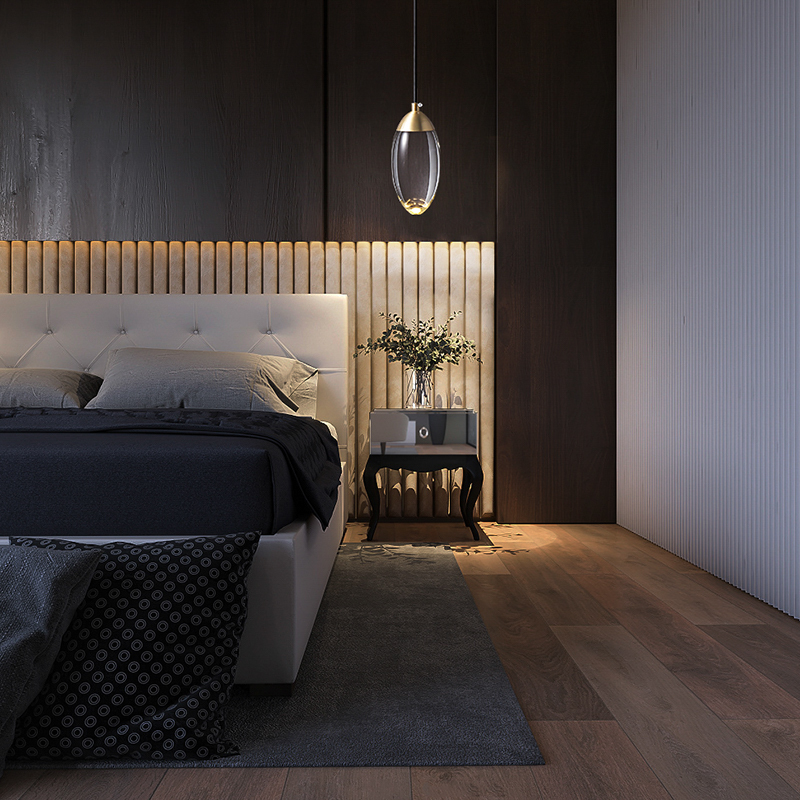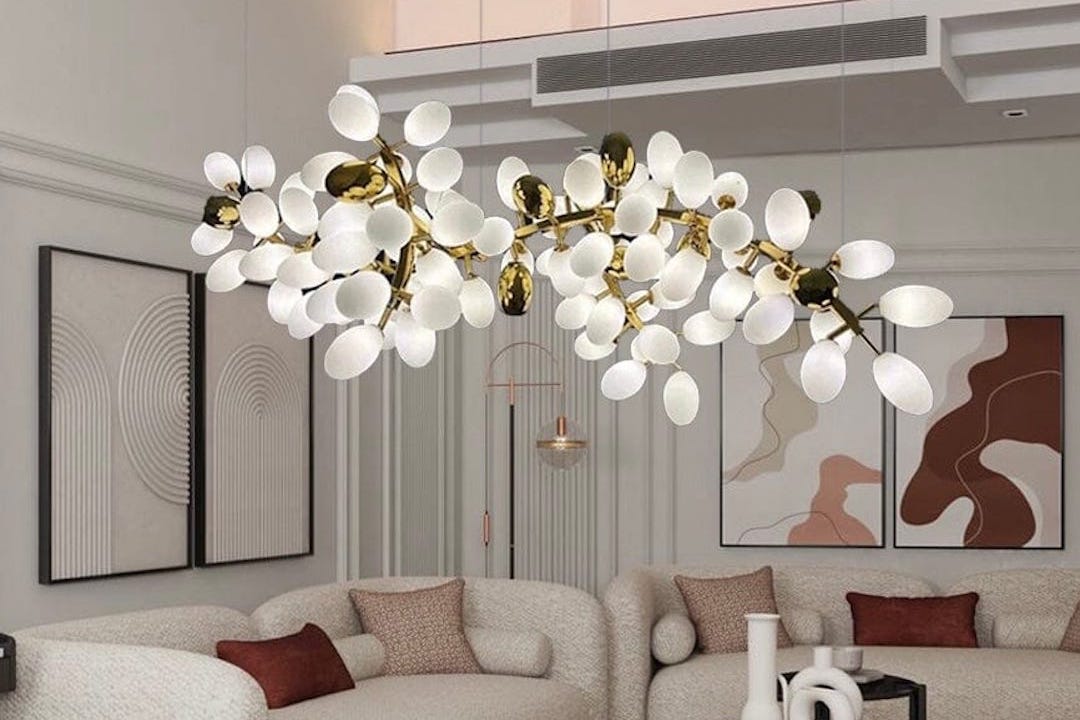Introduction
Light plays a crucial role in our daily lives. It illuminates our spaces, helps us see and navigate, and affects our mood and well-being. However, single light sources are sometimes inadequate in providing enough light for different activities. That is why two light sources can be a better solution. In this article, we will explore the benefits of using two light sources and how to use them to maximize their effectiveness.
Types of Light Sources
Before diving into the benefits of using two light sources, we first need to understand the different types of light sources available. The three primary types are ambient, task, and accent lighting.
Ambient Lighting
Ambient lighting is the primary lighting in a room or space, providing overall illumination. It is usually a ceiling-mounted fixture or a collection of recessed fixtures that can distribute light evenly throughout the room. Ambient lighting is essential for providing visibility and creating a comfortable atmosphere.
Task Lighting
Task lighting is a direct and focused light source that illuminates specific work or activity areas, such as a desk or kitchen counter. It helps reduce eye strain and makes it easier to perform tasks, making it ideal for studying, reading, cooking, and other daily activities.
Accent Lighting
Accent lighting is used to highlight specific features or objects in a room, such as artwork, sculptures, or plants. It adds depth and dimension to a space, making it more visually appealing.
Benefits of Two Light Sources
Now that we have an understanding of the different types of lighting, let’s explore the key benefits of using two light sources.
Increased Visibility
Using two light sources helps increase the overall visibility in a space, making it easier to see and navigate. For example, combining ambient lighting with task lighting in a kitchen can help improve visibility while cooking or preparing food.
Enhanced Mood and Productivity
Lighting can significantly affect our mood and productivity. Studies have shown that using brighter light sources can help improve mood, energy levels, and productivity. Having two light sources allows you to adjust the lighting to suit your needs, whether you need brighter light for work or dimmer light for relaxation.
Improved Aesthetics
Using two light sources can help improve the aesthetics of a space by adding depth and definition. For example, combining accent lighting with ambient lighting can help highlight specific features, such as artwork or architectural details, making them stand out and increasing the overall ambiance of a room.
How to Use Two Light Sources
Now that we know the benefits of using two light sources, let’s explore how to use them effectively.
Combining Ambient and Task Lighting
One of the most common ways to use two light sources is by combining ambient and task lighting. This is particularly useful in spaces like kitchens, where ambient lighting can provide overall illumination while task lighting can provide focused light on specific work areas like the countertop.
Combining Accent and Ambient Lighting
Another way to use two light sources is by combining accent and ambient lighting. By highlighting specific features like artwork or architectural details with accent lighting, you can create a more visually appealing space while still maintaining the overall ambient lighting.
Using Dimmers
Dimmers can be a useful tool for using two light sources effectively. By adjusting the brightness of either light source, you can create different moods and adjust the lighting to suit your needs.



